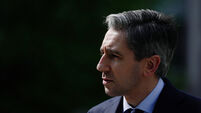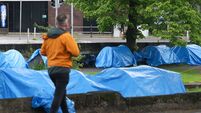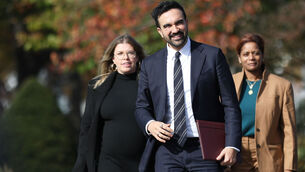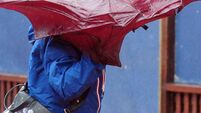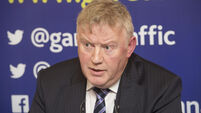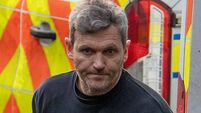My friend was sexually abused in childhood by a priest. I never knew

That's the start of a poem written by Patrick Bolger. He’s one of the most talented photographers and visual artists in Ireland.
I’m proud he is my friend. When he was a child, he was sexually abused by a Catholic priest.









